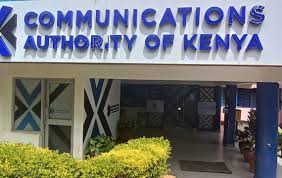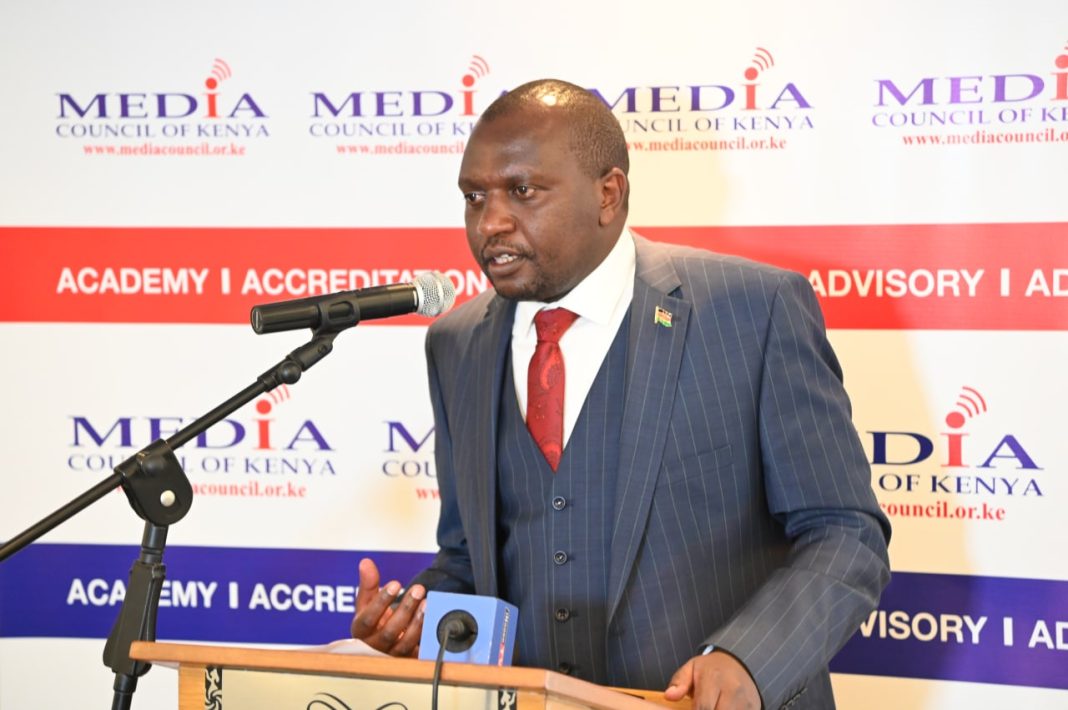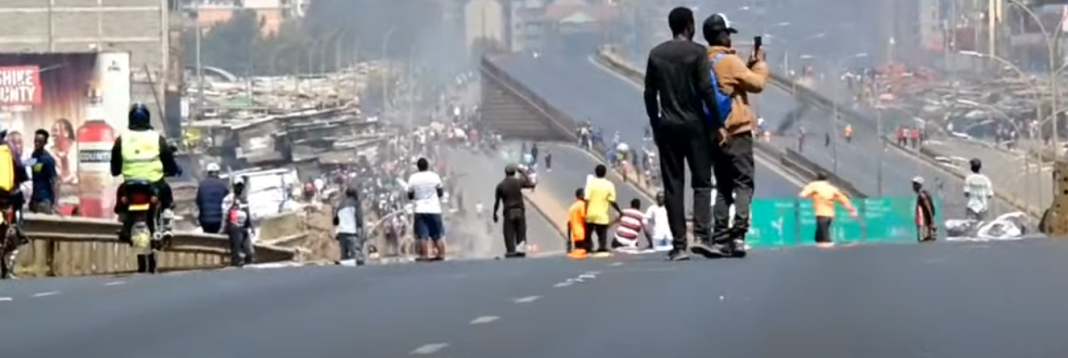The Communications Authority of Kenya (CA) has ordered all media stations to stop live broadcasting of the ongoing June 25 protests. The directive, issued on Tuesday morning, comes as thousands take to the streets to commemorate last year’s anti–Finance Bill demonstrations.
In a statement, CA Director General David Mugonyi cited violations of media laws. “The live coverage of the June 25th, 2025, demonstrations is contrary to Articles 33(2) and 34(1) of the Constitution, and Section 46H of the Kenya Information and Communications Act,” he stated. He warned that any media house defying the directive would face regulatory action.
The ban took effect as protestors gathered in major towns, including Nairobi, Mombasa, Kisii, and Eldoret. Police quickly erected roadblocks, deployed anti-riot officers, and blocked access to Parliament and State House using razor wire. Commuters encountered heavy disruptions across Nairobi, with matatus redirected and roads sealed off.
Interior Cabinet Secretary Kipchumba Murkomen urged calm. He reassured the public that the government would protect lives and property. “We shall do everything to protect everyone and their livelihoods,” he said during a security briefing. He also commended the police for maintaining order.
At the same time, Inspector General of Police Douglas Kanja reminded protestors to follow the law. “We will act within the law to protect lives and property,” he said. Kanja, accompanied by the DCI director and Nairobi police commander, reiterated that restricted zones remained off-limits.
Former Chief Justice David Maraga joined demonstrators near Parliament. He laid flowers in memory of protest victims and condemned the use of force. “We strongly condemn the use of state violence against grieving families and peaceful protesters. The flagrant violation of the Constitution and human rights must stop,” he said.
Despite the live coverage ban, protestors continued sharing real-time updates through social media. Videos and photos circulated widely under hashtags such as #GenZAnniversary and #JusticeForOjwang.
Meanwhile, human rights groups raised alarms about the presence of plain-clothes officers and alleged hired goons at protest sites. These groups claimed the move threatened peaceful demonstrations and press freedom.
Western embassies, including those of the United States, United Kingdom, and Canada, called on the government to protect citizens’ right to peaceful assembly. They also urged authorities to avoid using force and to ensure media freedom.
Media experts criticized the CA’s decision. They argued that restricting live broadcasts undermines transparency and public trust. “Live coverage allows for accountability. A blackout could encourage impunity,” one analyst noted.
With no live television coverage, the responsibility of informing the public has shifted to digital platforms.






